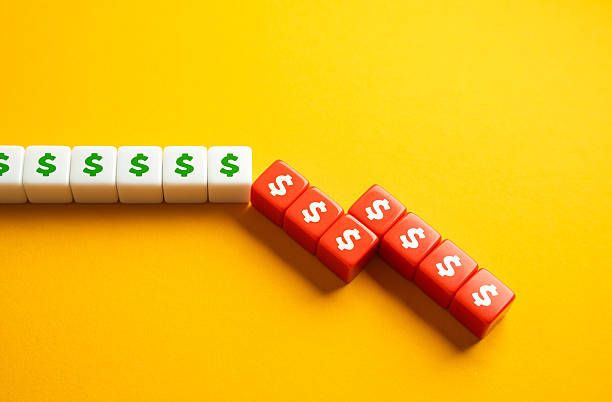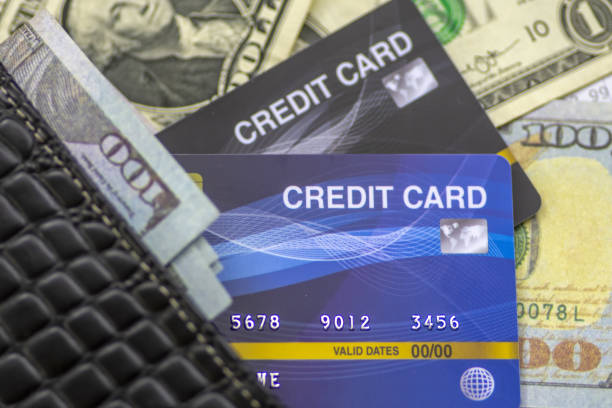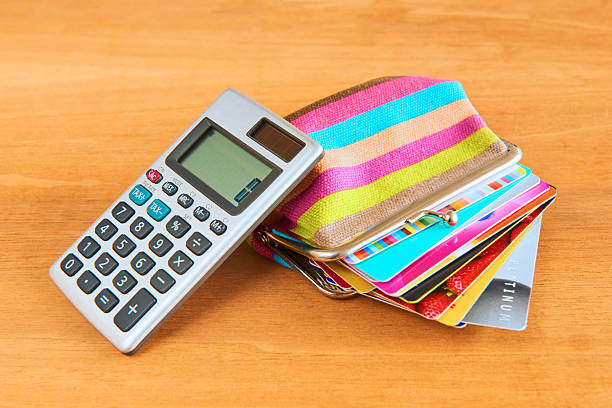
In the pursuit of financial well-being, many strategies focus on forward-looking goals like investing or saving for retirement. However, the most transformative practice often lies in the meticulous examination of the present: expense tracking. This fundamental habit acts as a clear mirror, reflecting the unvarnished truth of one's financial behavior. It is the process of recording every outflow of money, from significant mortgage payments to minor coffee purchases, and it serves as the indispensable diagnostic tool upon which all effective personal finance is built. Without this awareness,
financial planning is merely guesswork, built on assumptions rather than facts.The primary power of
expense tracking is its ability to illuminate the gap between perceived and actual spending. Individuals may believe they understand their financial habits, but without concrete data, subconscious patterns and small, recurring expenses often create a significant drain on resources. By meticulously logging each transaction, these hidden leaks are brought into the light, revealing opportunities for optimization that would otherwise remain invisible. This process transforms abstract anxiety about money into a concrete set of numbers that can be analyzed and managed, replacing stress with a sense of control and agency.This collected data becomes the foundational input for every other financial decision. A realistic and effective budget cannot be created without an accurate understanding of current spending patterns. Tracking exposes areas where spending aligns with personal values and, more importantly, where it does not, allowing for intentional reallocation toward more meaningful goals. Furthermore, this practice is instrumental in accelerating debt repayment and boosting savings rates; by identifying non-essential expenditures, one can free up capital to direct toward these pressing financial priorities.Ultimately, consistent
expense tracking cultivates a heightened state of financial mindfulness. It encourages intentionality before a purchase is even made, as the act of later recording it creates a moment of accountability. This daily practice builds a deeper connection to one’s financial life, fostering habits that lead to lasting prosperity. It is the crucial first step that transforms personal finance from a reactive struggle into a proactive, strategic journey. By holding up a mirror to their spending, individuals gain the clarity needed to make informed choices, ensuring their money is actively working to support their present needs and future aspirations.



 In the pursuit of financial well-being, many strategies focus on forward-looking goals like investing or saving for retirement. However, the most transformative practice often lies in the meticulous examination of the present: expense tracking. This fundamental habit acts as a clear mirror, reflecting the unvarnished truth of one's financial behavior. It is the process of recording every outflow of money, from significant mortgage payments to minor coffee purchases, and it serves as the indispensable diagnostic tool upon which all effective personal finance is built. Without this awareness,
In the pursuit of financial well-being, many strategies focus on forward-looking goals like investing or saving for retirement. However, the most transformative practice often lies in the meticulous examination of the present: expense tracking. This fundamental habit acts as a clear mirror, reflecting the unvarnished truth of one's financial behavior. It is the process of recording every outflow of money, from significant mortgage payments to minor coffee purchases, and it serves as the indispensable diagnostic tool upon which all effective personal finance is built. Without this awareness, 

